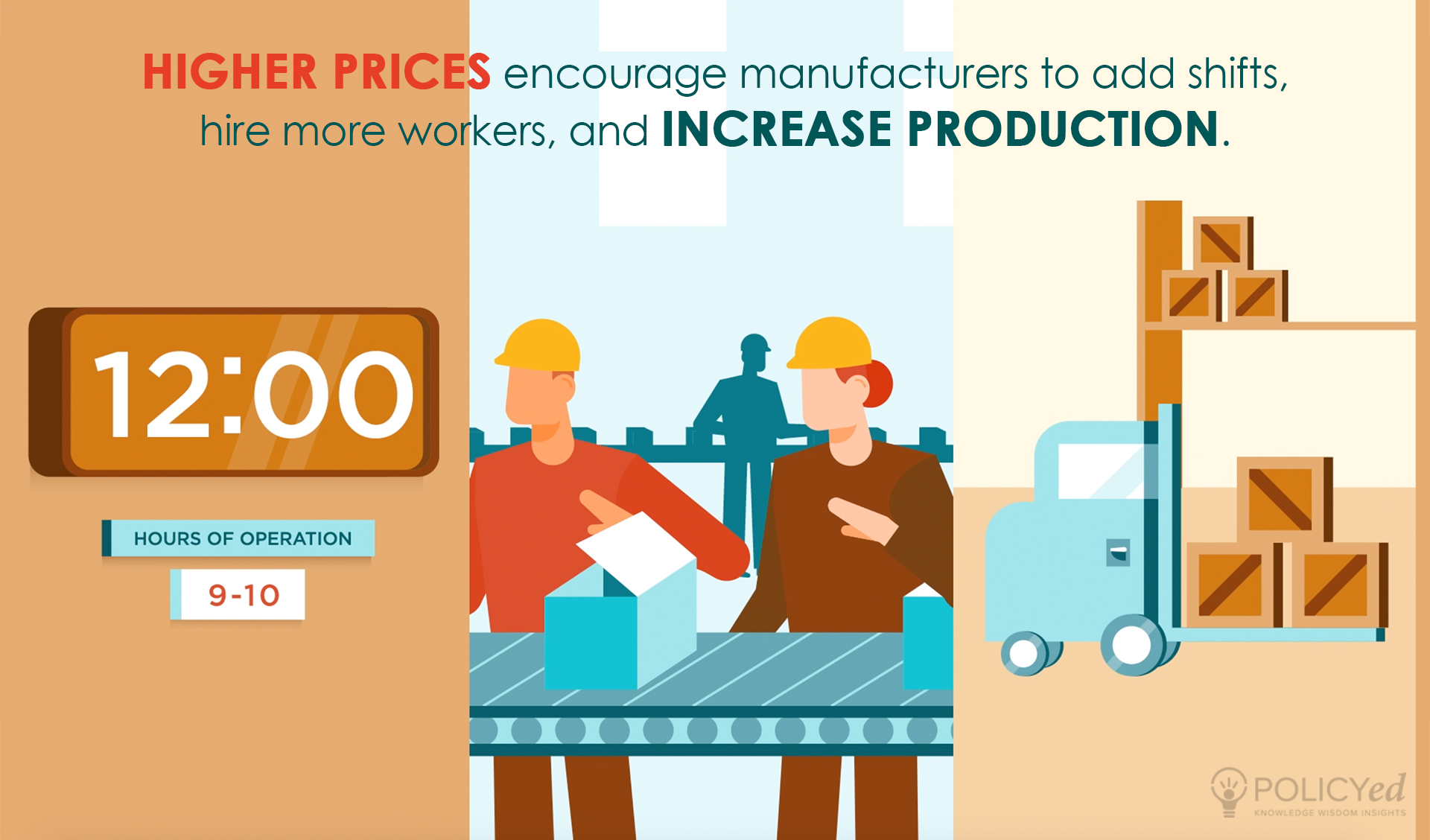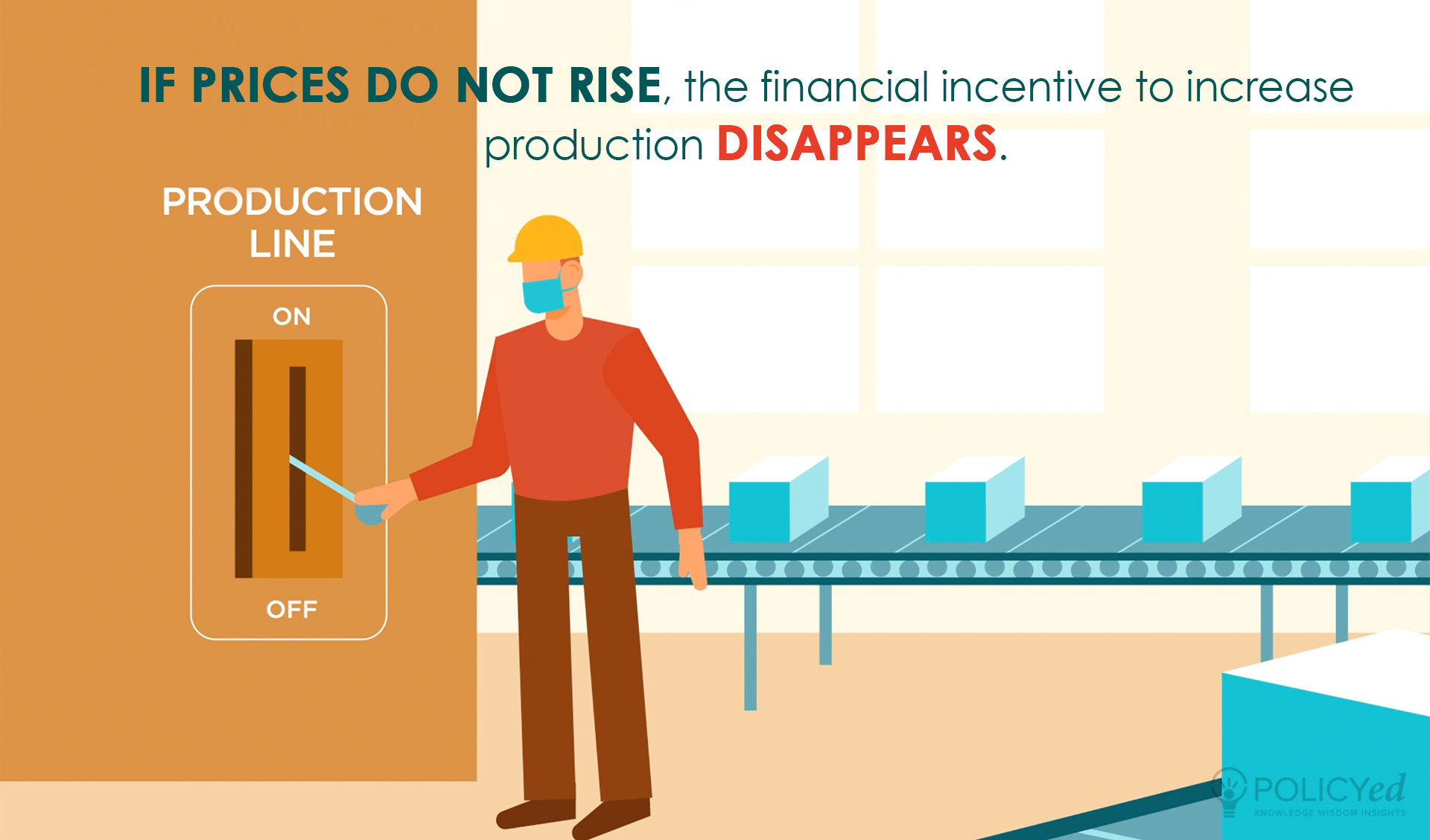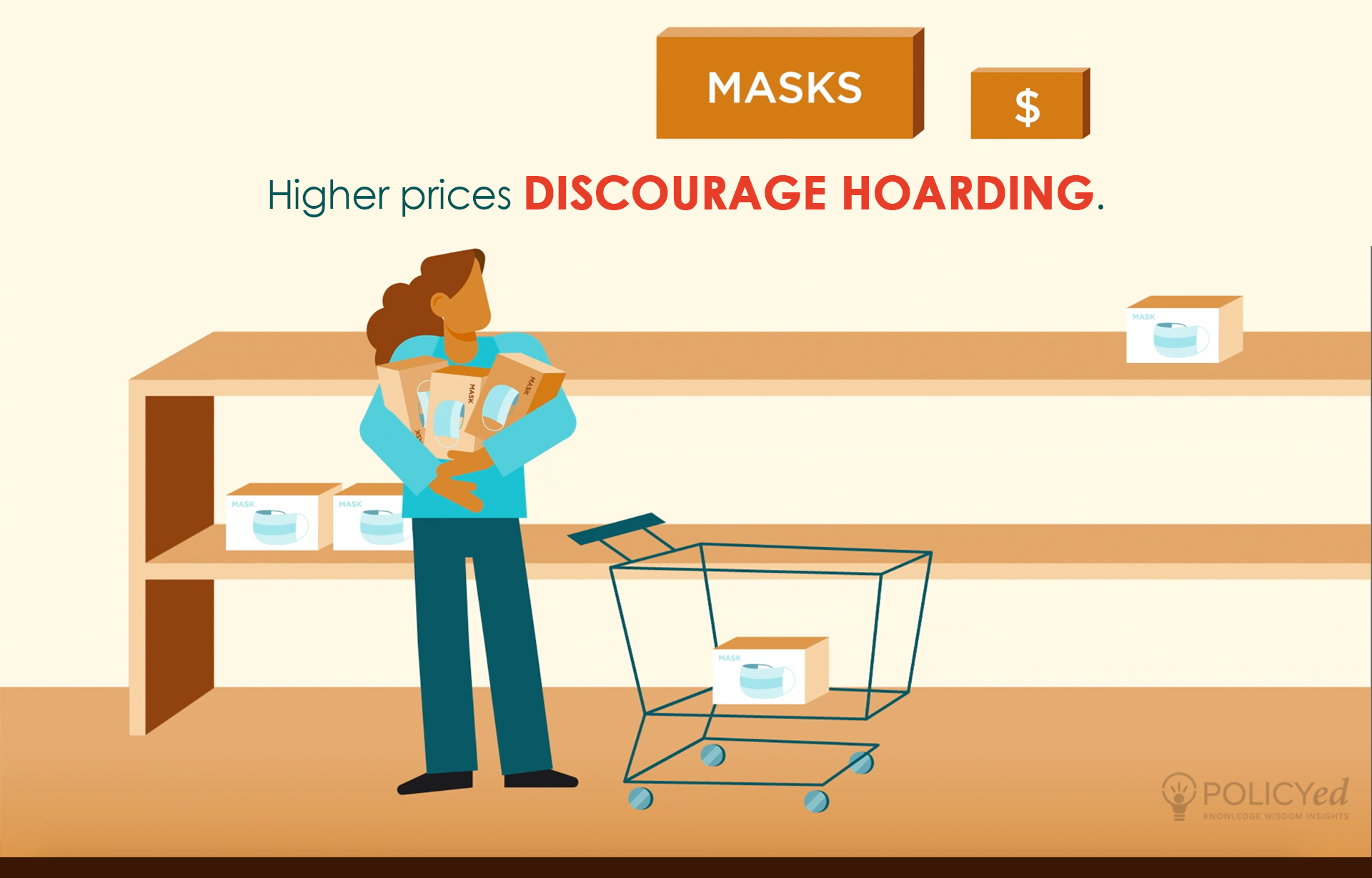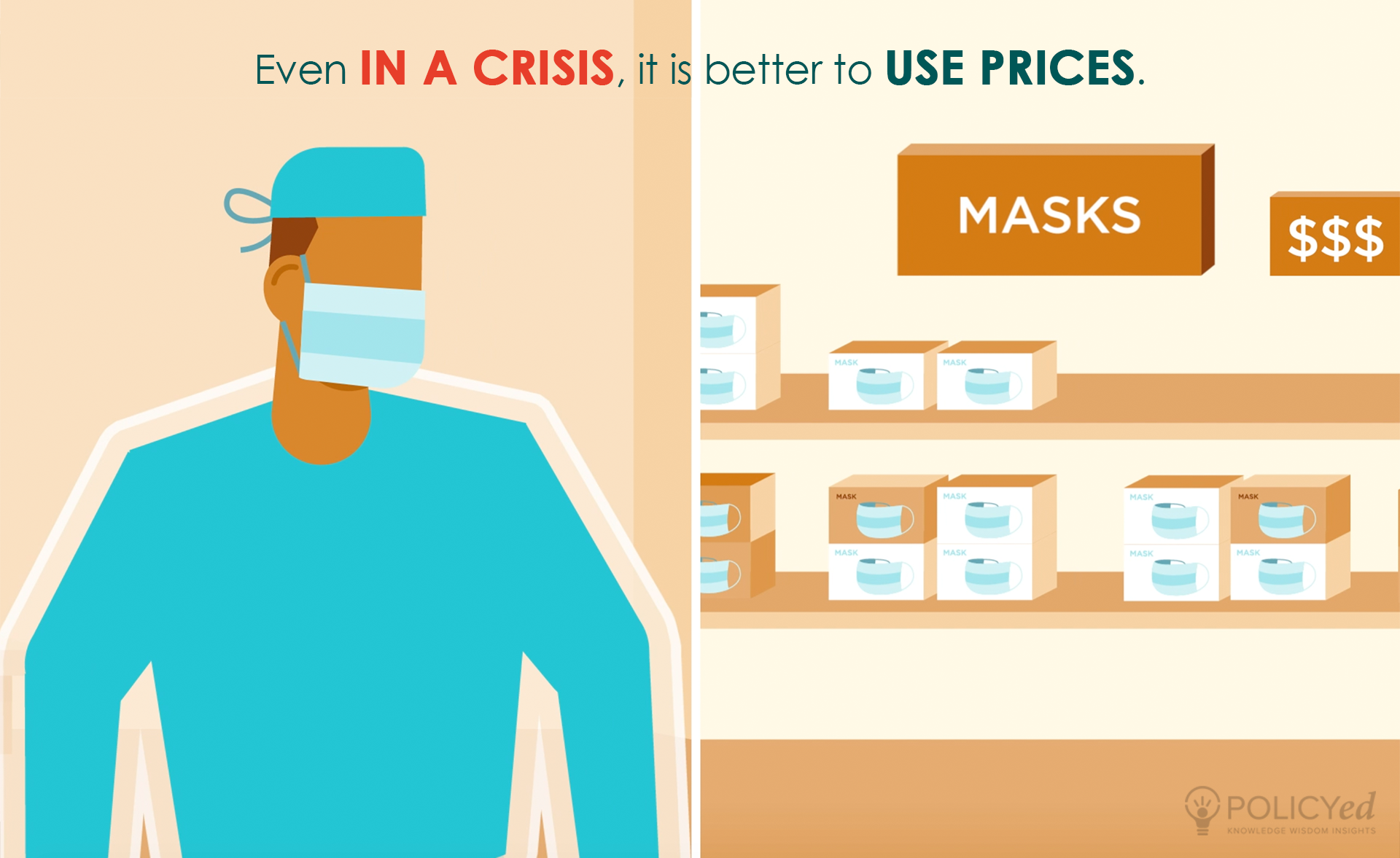Key Facts
The Effects of Higher Prices
When COVID-19 struck, there were shortages of masks to protect doctors and nurses from infection. Usually, a sudden increase in demand causes prices to rise. Higher prices encourage manufacturers to add shifts, hire more workers, and increase production. If prices rise enough, companies that make other things may find it profitable to start making masks too.
How to Increase Supply
If laws against so-called price gouging stop prices from rising, the financial incentive to increase production disappears and there won’t be nearly enough masks to go around. It may seem cruel and heartless to ask hospitals and individuals to pay higher prices for masks when they are desperately needed to save lives. But the alternative—a world where prices do not rise and shortages require doctors and nurses to go without masks—is cruel and heartless, too.
Combating Hoarding
Higher prices discourage hoarding and buying masks “just in case.” That means more masks for people who desperately need them now. Buyers of masks may pay a premium, but the result is an incentive to expand production, leading to a lot more masks to go around and a reduction of that premium over time.
The Power of Prices
Instead of letting prices drive private choices, governments around the world stepped in to buy masks and distribute them centrally. Yet in the United States, Spain, Germany, and the United Kingdom, the number of masks available was woefully inadequate. Doctors and nurses died for lack of protection. Even in a crisis, it is better to use prices.




